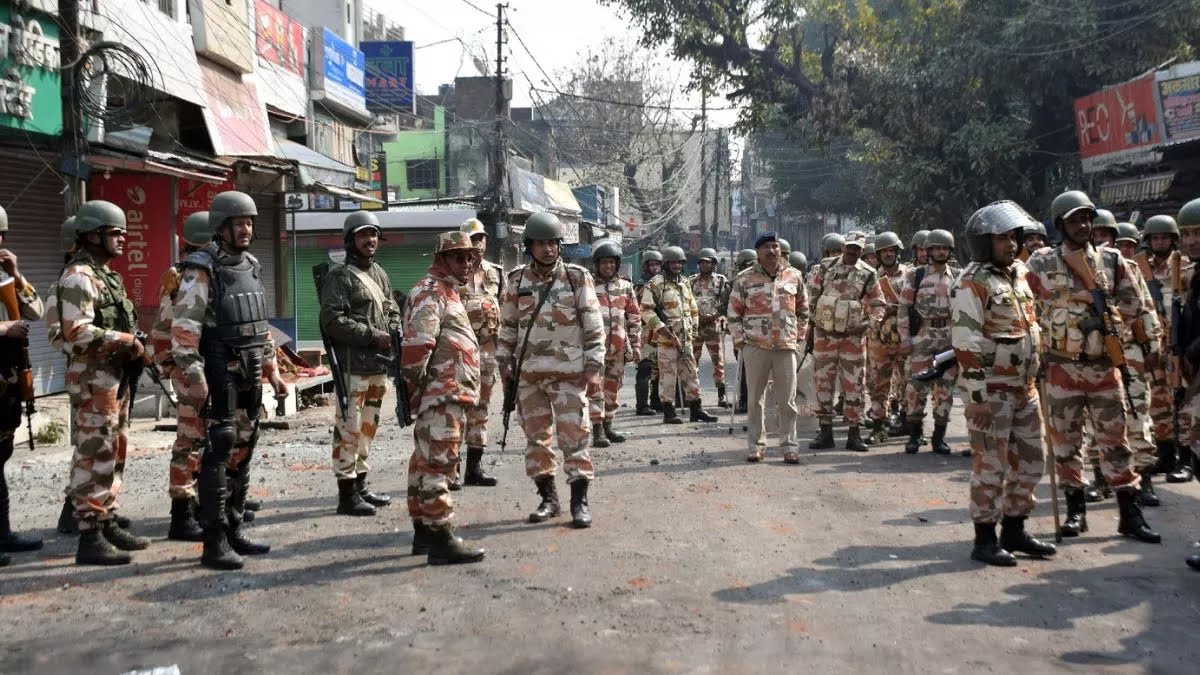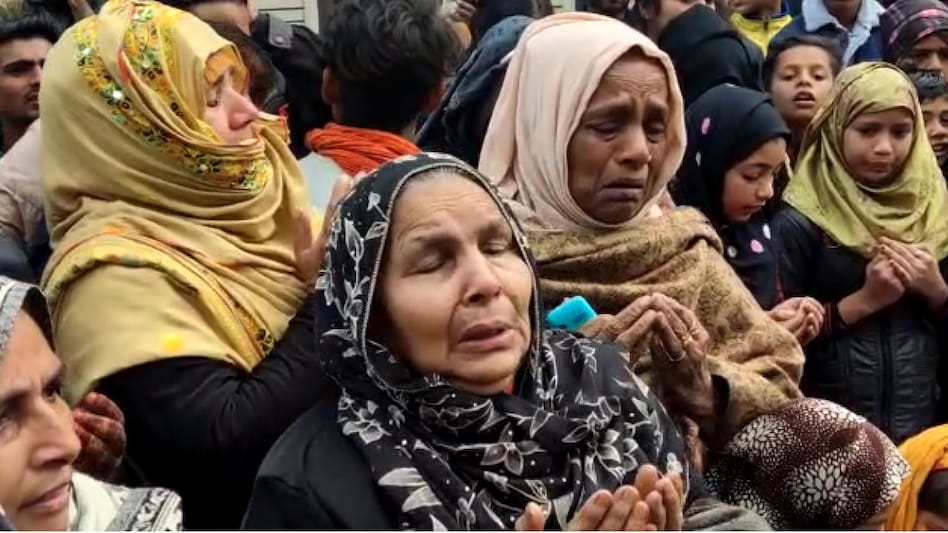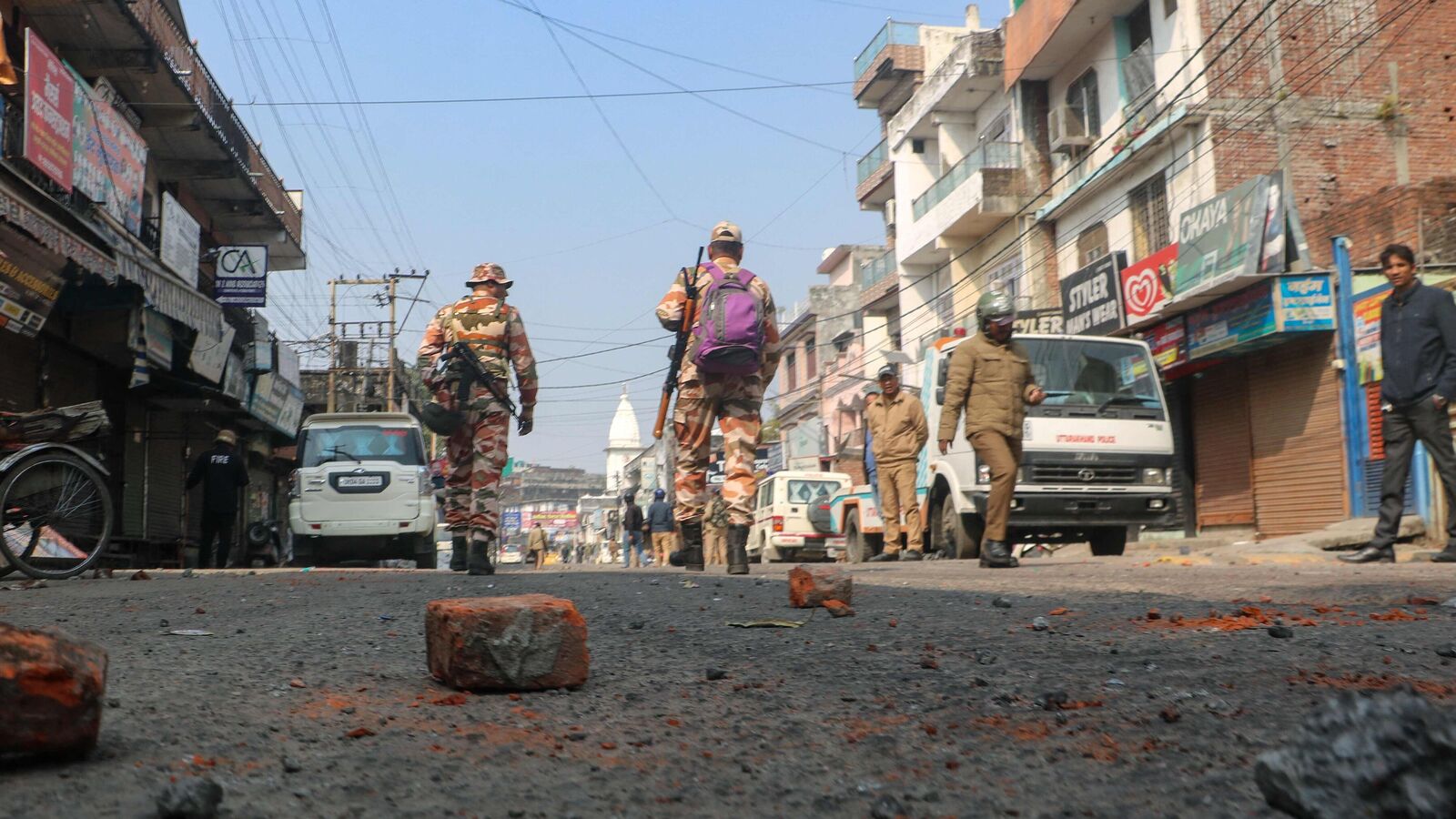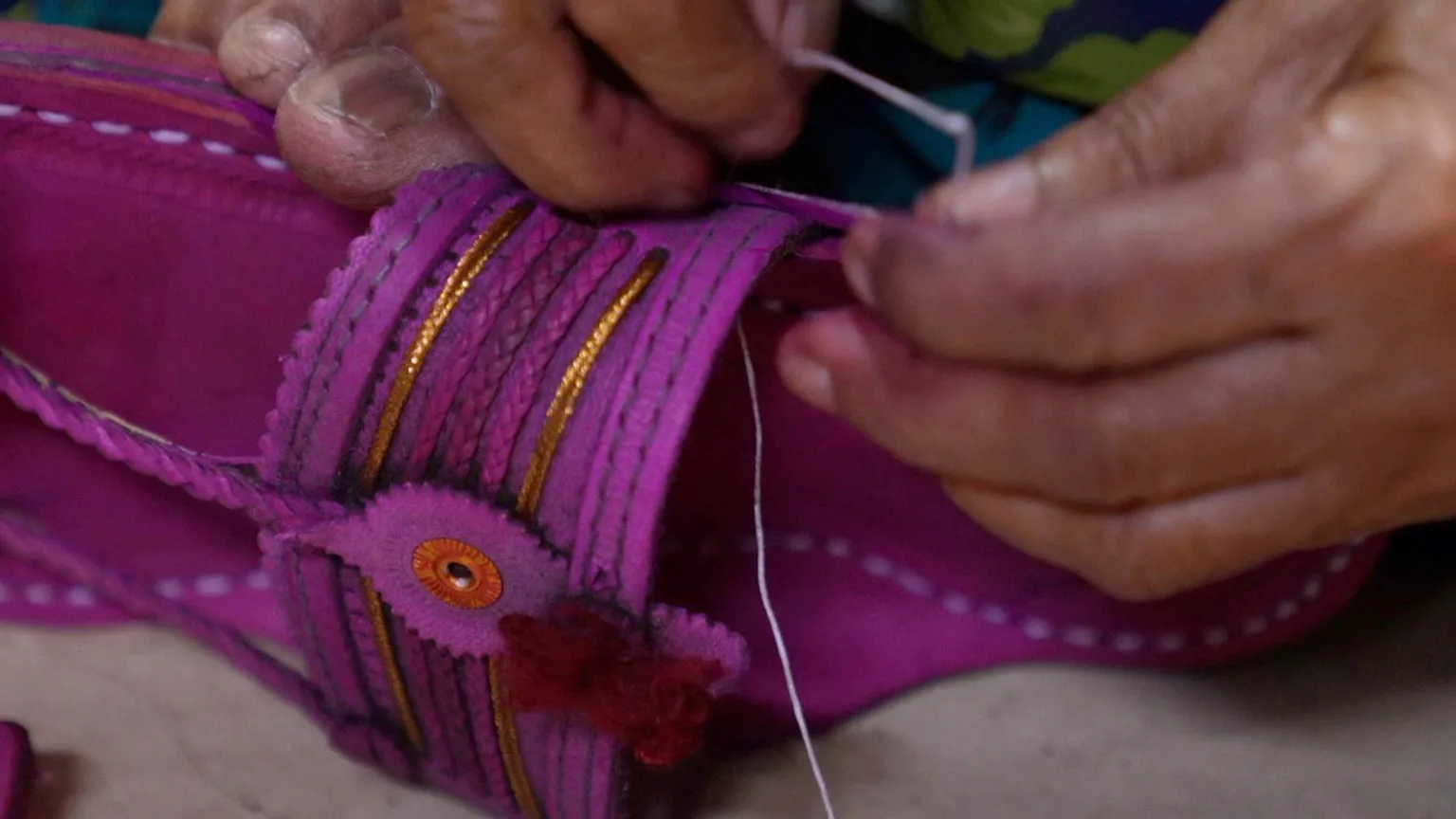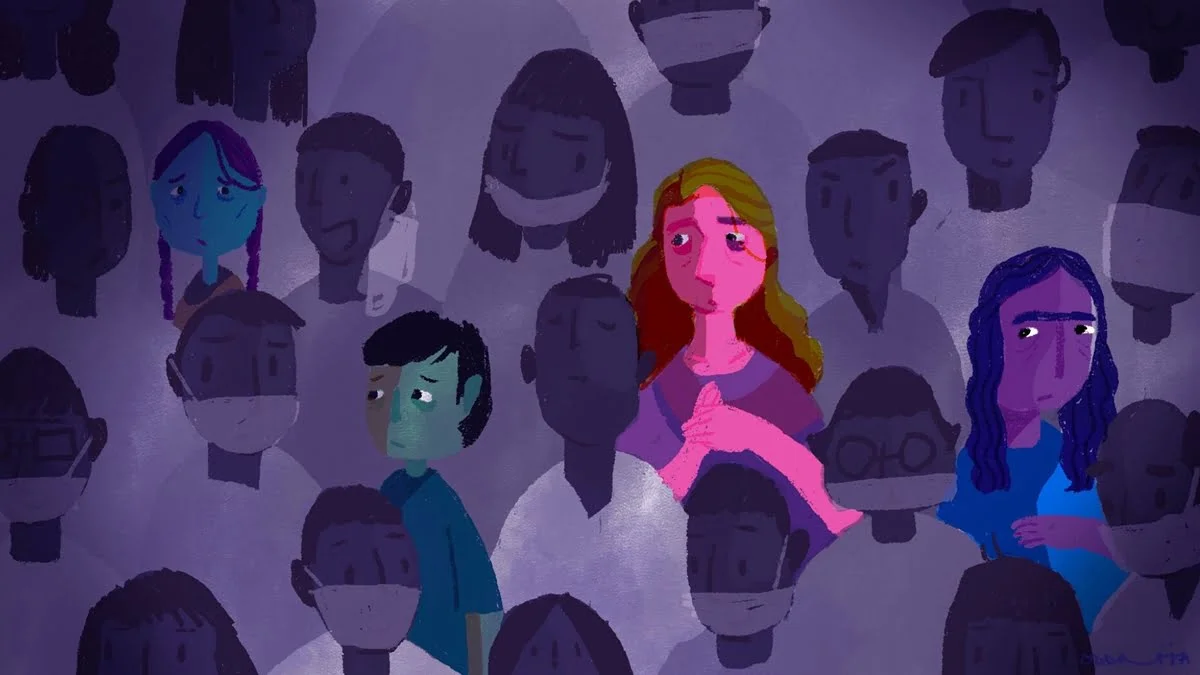On February 8, 2024, the Municipal authorities of Haldwani demolished the Abdul Razzaq Zakariya Madrasa, also known as ‘Malik k Bagheeche’ ka Madrasa, and the Mariyam mosque in Banbhoolpura with bulldozers; citing them as ‘illegal structures.’ As the Muslims of the locality protested against the attempt, they were subjected to extreme police brutality, resulting in the death of 7 people. According to the fact-finding team led by An Association for Protection of Civil Rights (APCR) and Karwan-e-Mohabbat, the locals have claimed that the death toll is higher than 20. The city was placed under a curfew, with shoot-at-sight orders instated.
On February 8, 2024, the Municipal authorities of Haldwani demolished the Abdul Razzaq Zakariya Madrasa, also known as ‘Malik k Bagheeche’ ka Madrasa, and the Mariyam mosque in Banbhoolpura with bulldozers; citing them as ‘illegal structures.’
However, this clampdown on the Muslims in Haldwani has been brewing for some time, with the Uttarakhand High Court ordering the state to remove over 50,000 residents from Ghafoor Basti in Haldwani in January of 2023 as they were alleged to have encroached on railway land. The local authorities were given a week’s time to remove the ‘encroachers’ – who were majorly Muslims. This led to widespread protests in Haldwani, culminating in the Supreme Court staying the High Court’s eviction order on January 5th of last year.
The instances of violence against the Muslims in Haldwani continued when a Hindutva mob attacked Muslims offering namaz on private property in Sarna Kothi in Haldwani. The imam leading the prayers was subjected to the attack, and another Muslim present was physically assaulted during the incident.
The violence that unfolded in Haldwani on the 8th of February is its latest manifestation – this time, marked with extreme police brutality and organised hate against Muslims. The VHP leader, Praveen Togadia, had given a hate speech in Haldwani, calling Muslims ‘monsters’ two days prior to the violence. The police atrocity continued after the violence, as Muslims in the locality were hunted down, their homes attacked and rampaged.
Haldwani represents the bleak future of Muslims in the country and how the state enables and leads the destruction of the lives and livelihood of Muslims, pushing them into utter despair.
Haldwani represents the bleak future of Muslims in the country and how the state enables and leads the destruction of the lives and livelihood of Muslims, pushing them into utter despair. In the whole scenario, the demolition of the masjids and madrasas signifying facets of faith and resistance for the Muslims in India today – proves to be a consequential act. Directly targeting the socio-political and cultural life of Muslims, this is a vicious attempt to invisiblise the historicity and resistance of Muslims in the country.
The attack on minority religious sites: from Ayodhya to Haldwani
At the inauguration of the new Ram Temple in Ayodhya, PM Modi said that the temple marked ‘the expansion of consciousness – from the divine to the nation, from Ram to the entire nation’. This, in fact, was true as the government under Modi has been trying to systematically weave a new stream of ‘national consciousness’ that is devoid of a secular identity. It peaked with the demolition of the Babri Masjid in 1992, where secular structures were uprooted by Hindutva barbarism.

The usage of demolition in deploying violence against Muslims got legitimised with the construction of the Ram Mandir in Ayodhya. The recent incident of the demolition of the Akhoondji Masjid in Mehrauli, along with the madrasa in the name of encroachment, was another instance where Muslim religious sites were attacked by state forces. In Haldwani, this happened along with legal sanction, disenfranchising Muslims of their right to identity.
The attack on religious sites, especially for minority communities, holds significant damage as these spaces carry symbolic meaning representing identity, belief systems, and tradition. According to a study conducted by Andrea Malji on the attack on religious minority sites in India, Myanmar, and China, it was found that the Muslim sites in these countries were at particular risk by the majoritarian population. This was part of the ‘broader attempt to engage in a historical revisionism that diminishes or vilifies Muslims belonging in the region.’ Therefore, the destruction of the mosques should be seen as a strategy of ethnic cleansing through the erasure of identities and practices against Muslims on a global scale.
Through the demolition of the mosques, the BJP is also nurturing the idea that mosques are alien structures that harm the “national identity” of India.
Through the demolition of the mosques, the BJP is also nurturing the idea that mosques are alien structures that harm the “national identity” of India. Hence, a homogenised version of nationalism and national identities is created. Here, temples become central structures that express national identity, whilst formal legislative bodies like the parliament play a supporting role in the political theater. The destruction of the Muslim sites, including Babri Masjid and Abdul Razzaq Zakariya Madrasa, and the construction of Ram Mandir is glorified as a victory – a victory of Hindu supremacism over secularism and victory of the BJP government over the Muslims in India.
The vilification and villainisation of madrasas in India
The association of Madrasas with fundamentalism and extremism has been a longstanding stereotype perpetuated by various narratives and misconceptions. This perception tends to label Madrasas as breeding grounds for potential terrorists, promoting an image that suggests a link between Islamic education and radical ideologies. Additionally, Madrasas have often been characterised as regressive institutions, seemingly isolated from mainstream societal interests and educational norms. While the right wing of India saw them with hate and suspicion, the left liberals saw them with pity and disgust.
Madrasas in India have been active in the reproduction of theological and religious education, influencing the community in majorly two ways – firstly, they reinforce their religious identity through organised systems of education, and secondly, they democratise religious education by expanding it beyond the elite circles. Thus, madrasas gained popularity among the disadvantaged sections of Muslims in India, who formed the numerical majority and acted as major centres of education and mobility. This has made madrasas a major target of the right wing in India, which historically has seen them as ‘stone pelting training centres’ and ‘epicentres of love jihad’.
The statements of right-wing extremists like Raja Singh and Sadhvi Prachi prove how the prejudice against the madrasas has obtained the form of organised hate. Hindutva’s hate towards madrasas has been projecting for a very long time – 18-year old Madrasa students were assaulted in Delhi for not saying ‘Jai Mata Di’ in 2016. A group of Madrasa students were thrashed in Uttar Pradesh for not chanting ‘Jai Shree Ram’ in 2019. These attempts have culminated in the targeting of madrasas by right-wing groups and right-wing governments, leaving Muslims in a grappling fear of losing their sense of belongingness in the atmosphere of oppression.
Social boycott and legitimisation of violence
The events that preceded and followed the demolitions in Haldwani have one significant characteristic – legitimisation of violence against Muslims by state actors with the assistance of a social vacuum of support systems generated by the aggression of right-wing organisations. Further, the economic boycott of Muslims in Purola is an extension of this. The discrimination took the form of threats to force Muslim shop owners to vacate their businesses.
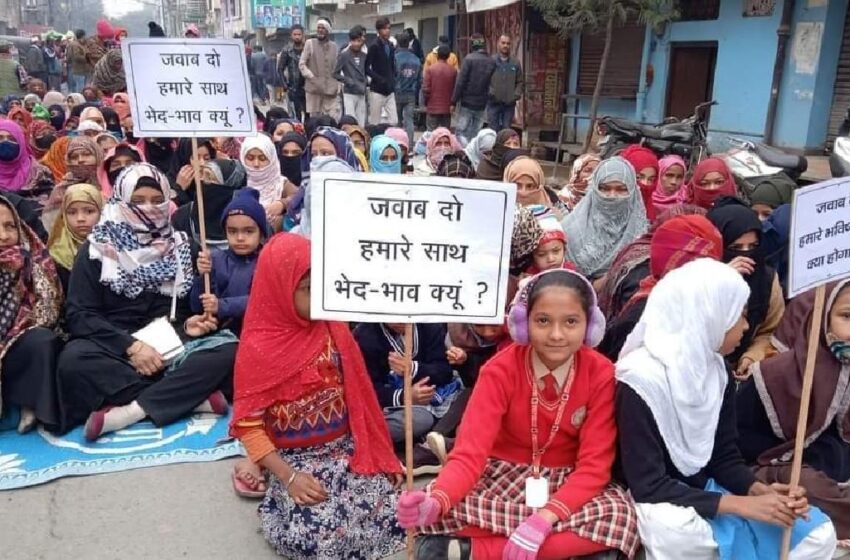
This type of coercion not only resulted in economic losses for the targeted individuals but also created an atmosphere of fear and insecurity within the community. The economic boycott represents a tactic employed to isolate and marginalise Muslims, denying them access to essential resources and economic opportunities. Back then, the isolation and torture came in the form of a threat to vacate their shops; now, it is in the form of stripping people of their homes and resources.
Haldwani narrates the scene that the right-wing forces are manufacturing for the Muslims in India today – an attack on their identity and faith through legitimising the organised hate and direct violence assisted by the state machinery.
About the author(s)
Hajara Najeeb is interested in topics concerning gender and minority rights. She also writes on cinema and its political implications. She has graduated from Tata Institute of Social Sciences.
